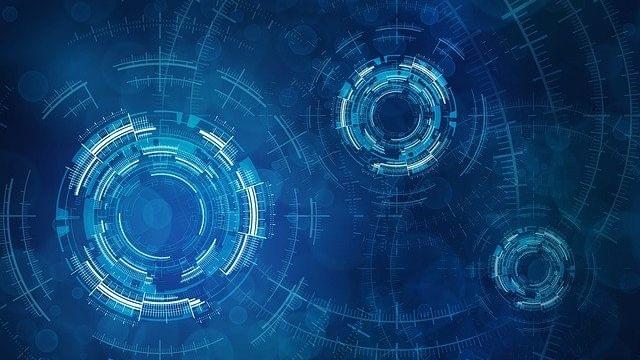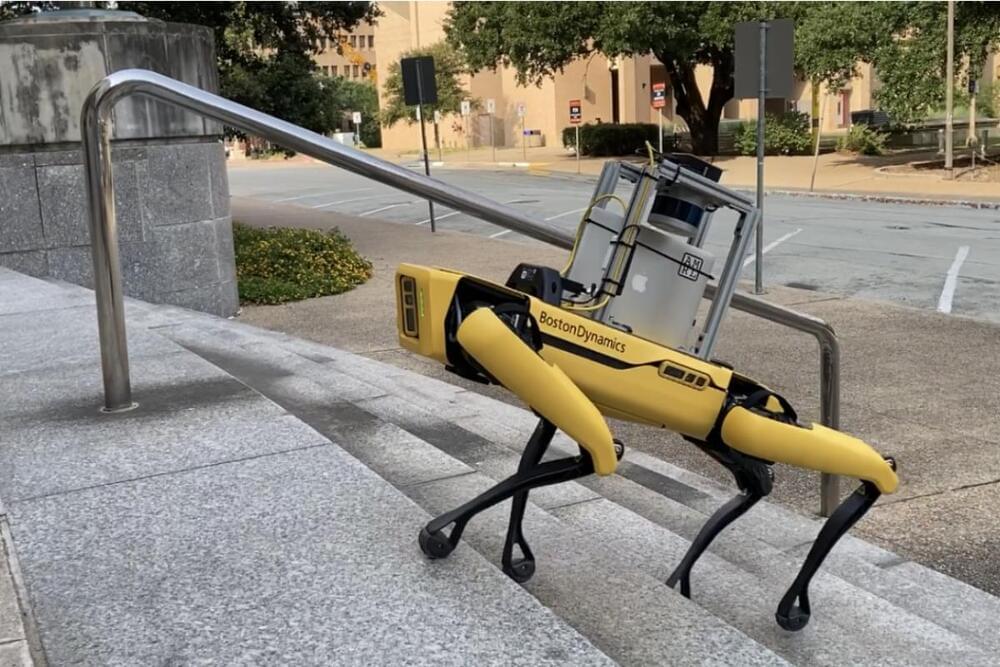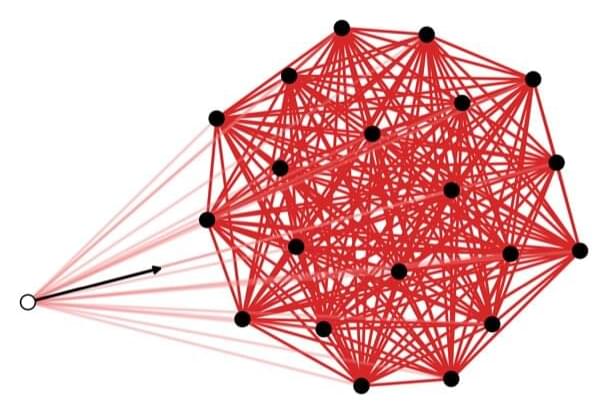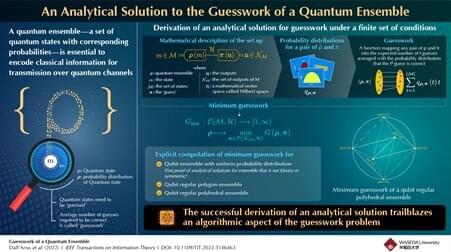Thanks in large part to delays suffered by Arianespace’s next-generation Ariane 6 rocket, a small fleet of European satellites are simultaneously converging on the United States to hitch rides into orbit with SpaceX.
SpaceX launching European payloads is nothing new. The company has occasionally launched spacecraft built in Europe for European space agencies or companies, but the combination is exceedingly rare. For several reasons, however, what was once alien is beginning to become commonplace, and that fact is about to be made even clearer over the remainder of 2022.
SpaceX kicked off a string of six or seven launches of spacecraft built by or for Europe on October 15th. Over the weekend, the company’s workhorse Falcon 9 rocket – 70 meters (230 ft) tall, 3.7 meters (12 ft) wide, and capable of producing up to 770 tons (1.7M lbf) of thrust at liftoff – successfully launched the Hotbird 13F communications satellite into a geostationary transfer orbit (GTO) for the French satcom company Eutelsat.







